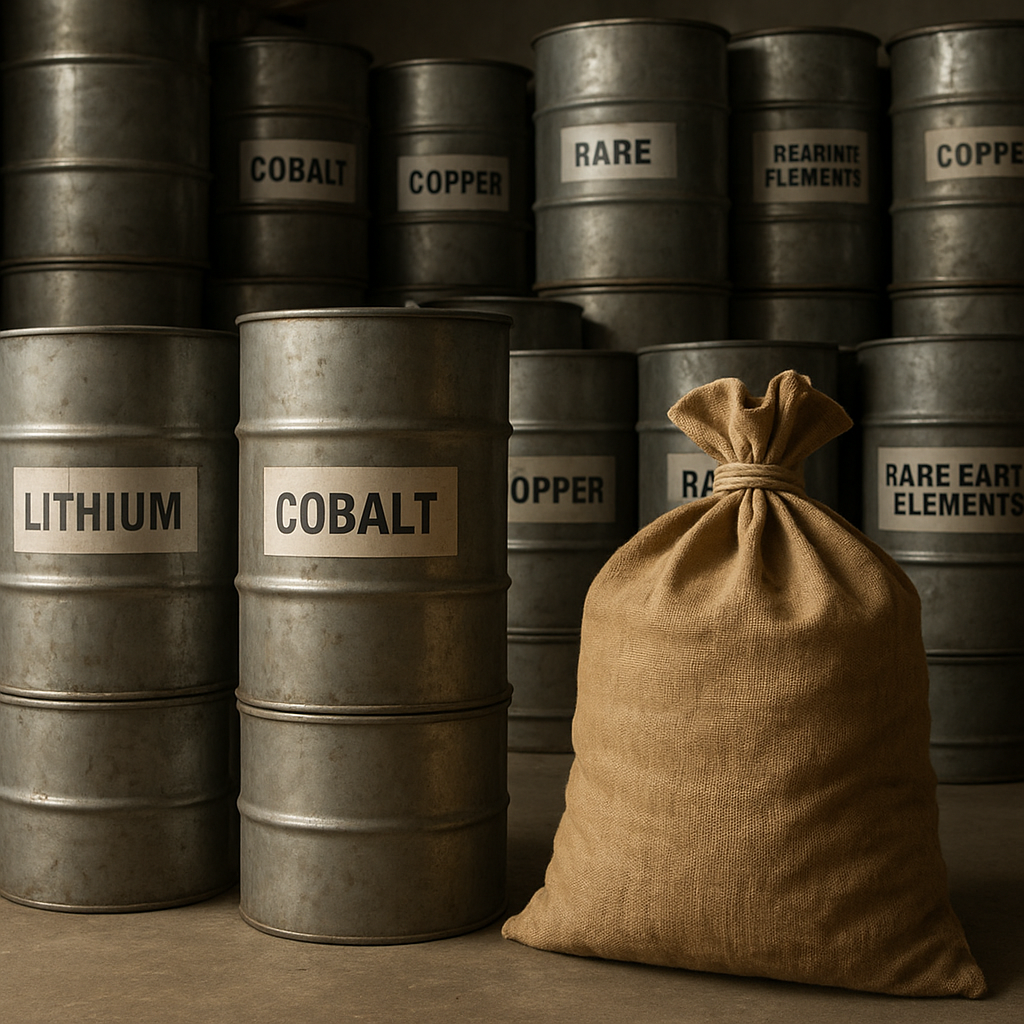The role of government policy in shaping the rare metals market is a critical factor that influences the availability, pricing, and technological advancements associated with these essential resources. Rare metals, including elements like lithium, cobalt, and rare earth elements, are indispensable in the production of high-tech devices, renewable energy technologies, and various industrial applications. As the demand for these metals continues to rise, governments worldwide are implementing policies to secure their supply chains, promote sustainable mining practices, and foster innovation in recycling and substitution technologies.
Understanding the Importance of Rare Metals
Rare metals are crucial components in the modern technological landscape. They are used in the manufacturing of smartphones, electric vehicles, wind turbines, and many other products that are integral to contemporary life. The unique properties of these metals, such as their conductivity, magnetism, and strength, make them irreplaceable in many applications. However, their rarity and the geopolitical concentration of their deposits pose significant challenges to global supply chains.
China, for instance, dominates the production of rare earth elements, accounting for a significant portion of the global supply. This concentration of resources in a single region can lead to supply disruptions due to political tensions, trade disputes, or environmental regulations. As a result, countries that rely heavily on these metals are vulnerable to market volatility and supply shortages.
To mitigate these risks, governments are increasingly focusing on developing policies that ensure a stable and sustainable supply of rare metals. These policies often include measures to diversify supply sources, invest in domestic mining operations, and support research into alternative materials and recycling technologies. By doing so, governments aim to reduce dependency on foreign sources and enhance their economic and technological resilience.
Government Policies and Their Impact on the Rare Metals Market
Government policies play a pivotal role in shaping the rare metals market by influencing both the supply and demand sides. On the supply side, policies can encourage domestic mining and processing of rare metals through incentives such as tax breaks, grants, and streamlined permitting processes. These measures can help reduce reliance on imports and create jobs in the mining sector.
For example, the United States has implemented policies to boost domestic production of critical minerals, including rare earth elements. The Department of Energy and the Department of Defense have invested in projects aimed at developing new extraction and processing technologies. These initiatives are designed to enhance the country’s self-sufficiency and reduce its vulnerability to supply chain disruptions.
On the demand side, government policies can stimulate the adoption of technologies that rely on rare metals. Subsidies for electric vehicles, renewable energy projects, and energy-efficient technologies can increase the demand for these metals, driving innovation and investment in the sector. However, such policies must be carefully balanced to avoid creating unsustainable demand that could lead to resource depletion and environmental degradation.
Moreover, governments are increasingly recognizing the importance of recycling and circular economy principles in the rare metals market. Policies that promote recycling and the development of secondary supply chains can help reduce the environmental impact of mining and extend the lifespan of existing resources. By investing in research and development of recycling technologies, governments can support the creation of a more sustainable and resilient rare metals market.
Future Trends and Challenges in the Rare Metals Market
As the global demand for rare metals continues to grow, several trends and challenges are likely to shape the future of the market. One significant trend is the increasing focus on sustainability and environmental responsibility. Governments and companies are under pressure to adopt practices that minimize the ecological impact of mining and processing rare metals. This includes reducing greenhouse gas emissions, minimizing water usage, and preventing habitat destruction.
Another trend is the growing interest in alternative materials and technologies that can reduce reliance on rare metals. Researchers are exploring the potential of materials such as graphene, carbon nanotubes, and other advanced composites that could replace rare metals in certain applications. While these alternatives are still in the early stages of development, they hold promise for reducing the demand for scarce resources.
However, the transition to a more sustainable and diversified rare metals market is not without challenges. The development of new mining projects and recycling technologies requires significant investment and time. Additionally, geopolitical tensions and trade disputes can create uncertainties in the market, affecting the stability of supply chains.
In conclusion, government policy plays a crucial role in shaping the rare metals market by influencing supply, demand, and sustainability practices. As the world continues to rely on these essential resources, it is imperative for governments to implement policies that promote a stable, sustainable, and resilient market. By doing so, they can ensure that the benefits of rare metals are realized while minimizing their environmental and geopolitical risks.












